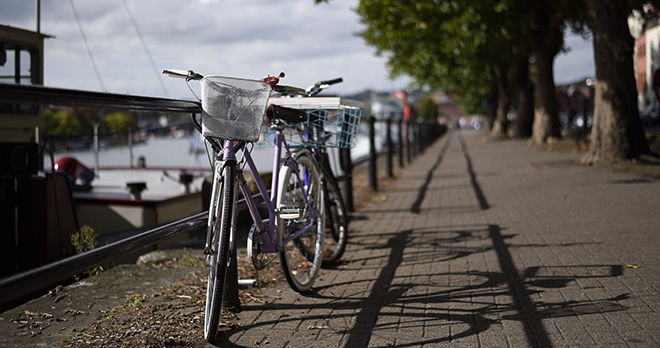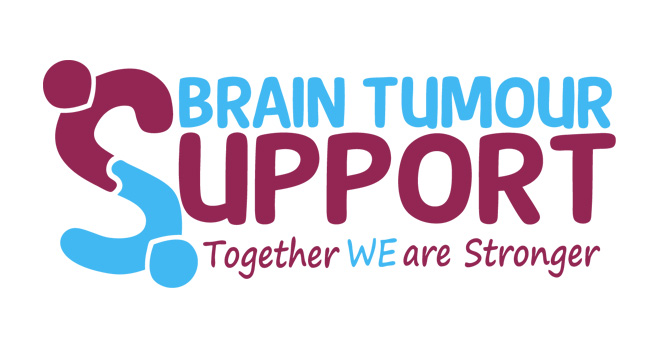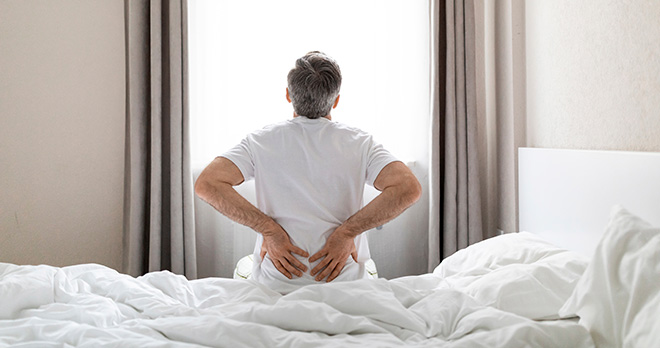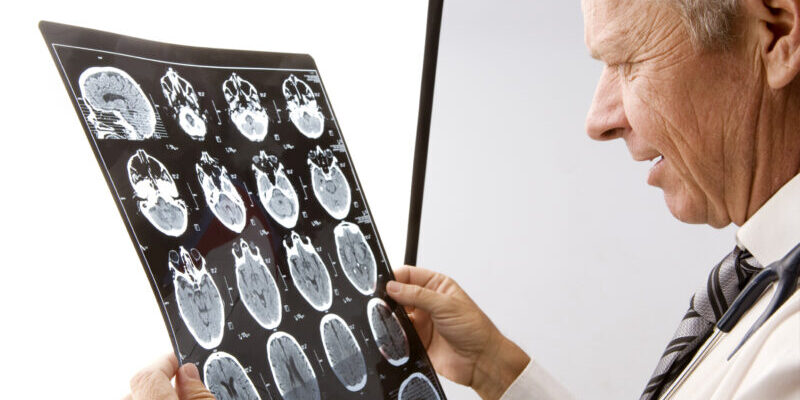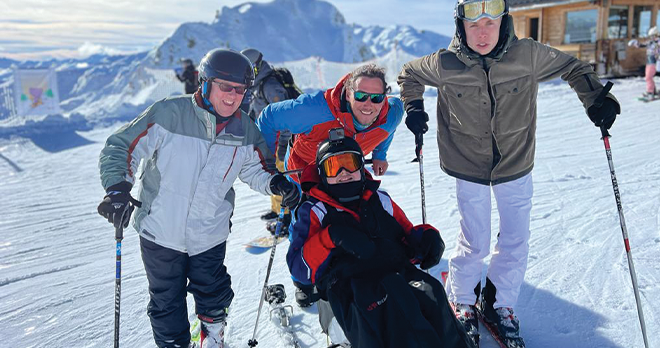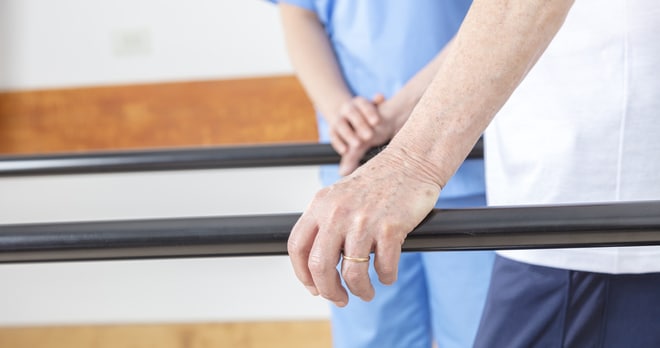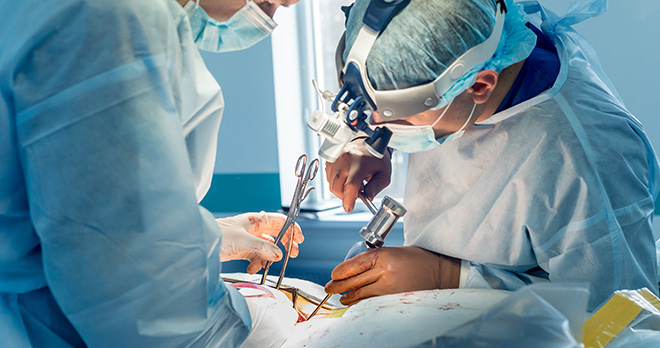Parents’ safety warning, as 1 in 10 cyclist casualties under the age of 16.

New data analysis sparks concern for the safety of teenage cyclists.
With 1 in 10 cyclist casualties under the age of 16 how can we improve the safety of young cyclists on our roads?
Cycling advocate and injury specialist Mark Hambleton shares advice on the overlooked signs of concussion that parents should be aware of, the places where teenagers are most at risk, and the impact helmet-wearing has on making an injury claim.
- Analysing 10 years’ worth of ONS data reveals that 1 in 10 cyclist casualties are under the age of 16.
- Teenage boys are 11 times more likely than females to be involved in a serious or fatal cycling accident, despite males only making 1.7 times more journeys on average.
- Each day, 6 children are involved in some kind of road accident in the UK.
- Teenagers not wearing helmets may lose up to one-quarter of their compensation if they are injured in an accident.
In light of these statistics, Mark raises concern for teenagers who may have experienced a cycling-related injury without realising, “There does not have to be a loss of consciousness suffered [in a road accident] for there to be a brain injury. In fact, only 10% of reported mild brain injuries involve a loss of consciousness.”
As a partner at RWK Goodman, Mark specialises in representing cyclists as well as other vulnerable road users. It is worrying to consider that parents may not even be aware their teenager has been involved in a cycling accident, should the child be old enough to cycle alone. Advising parents on the signs to look out for, Mark adds, “Symptoms of a mild traumatic brain injury include headaches, confusion, dizziness and memory problems, whereas more severe injuries lead to loss of consciousness and difficulty with speech and movement.”
Charlotte Webb, Senior Associate at RWK Goodman, continues, “Mental fatigue is a very common symptom after brain injury. It is common to find simple tasks tiring to complete because greater concentration is needed.”
Whilst in general, cycling is no more dangerous than lots of other day-to-day activities, there are certain locations and circumstances that present greater risks which teenage cyclists should be aware of, “I see the terrible injuries caused by motorists when they make simple mistakes; such as changing direction without checking their blind spot. I see how defects in road surfaces can easily cause riders to be thrown off their bikes, onto the road, or worse, towards the traffic.”, Mark comments, with the circumstances he has found most common in injury claims including:
- T-Junctions, often due to motorists emerging and colliding with cyclists travelling past the junction, or failing to give way entirely.
- Filtering and overtaking, usually when a motorist changes lanes without checking their mirrors or blind spot.
- Roundabouts, again usually due to motorists not giving way, or, leaving insufficient room for cyclists when turning off a roundabout.
- Parked vehicles, with cyclists knocked off their bikes by a car door being opened in their path.
- Potholes, this time the danger being the road surface itself.
Whilst cyclists should not be deemed at fault for the mistakes of motorists, it is always important to be as safe as possible as a vulnerable road user. Cycling safety organisation, Brake, encourages parents to ensure their children are cycle trained and seek routes that are entirely off-road wherever possible. Positively, cycle training is becoming more commonplace in the UK, following a government promise in 2020 for it to be offered free-of-charge to every child in England.
Although firmly believing helmet-wearing should be the choice of the individual, Mark highlights the risks teenage cyclists face if deciding against it, “Parents should bear in mind that the judiciary believes cyclists should wear helmets so teenagers who decide not to are taking a chance with their damages if they are unfortunately injured. Cyclists who don’t wear helmets have been found to lose up to one-quarter of their compensation if they are injured in an accident.”
“It is unlikely that many people will be aware of this given that wearing a helmet is not actually mandatory, even for children. Parents may assume that blame will lie with the person responsible for causing the accident – not realising that they may have to accept an element of contributory negligence if they weren’t wearing a helmet at the time”, Mark concludes.
Sources:
Read more from around RWK Goodman
Expert insights and opinions from our extensive Injury team.
View more articles related to Brain Injury, Road accidents and Spinal Injury


